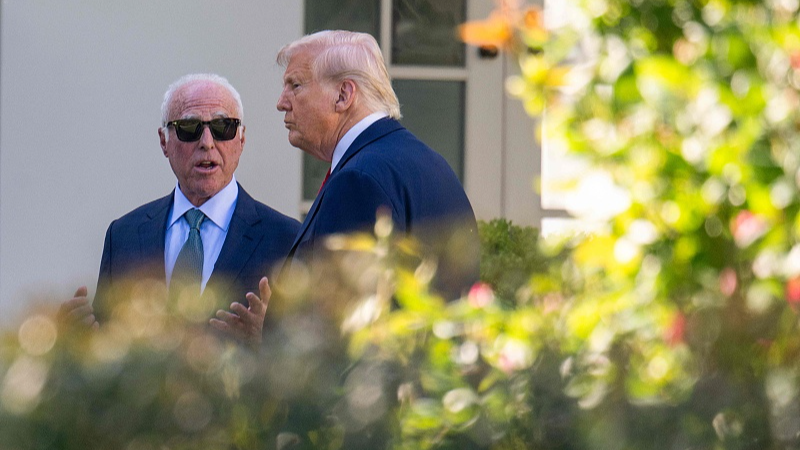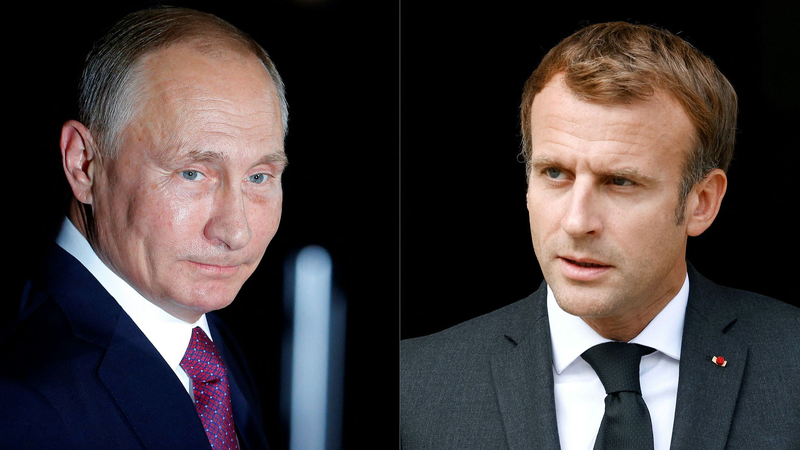As President Donald Trump’s second term hits the 100-day mark, a clear pattern of creative destruction has emerged: a leaner federal bureaucracy, steep spending cuts and tariffs up at least 10%—leaving markets and allies stunned.
Domestically, the stock market tumbled after tariff announcements, unemployment edged higher and consumer confidence dipped. Despite inheriting low inflation and historic jobs numbers, Americans are growing pessimistic. According to a Pew poll, just 40% approve of his performance, down across key voter groups.
Trump’s signature issue—immigration—has also backfired. A Washington Post/ABC News/Ipsos survey finds 53% disapprove of his handling, while a wrongful deportation in Maryland has sparked legal battles and public sympathy.
On the political front, the administration values loyalty over expertise, keeping officials like Defense Secretary Pete Hegseth in place despite high-profile missteps. Efforts to roll back diversity, equity and inclusion rules drew fierce pushback from more than 150 university presidents who denounced undue government intrusion.
In Congress, Republicans scored a budget win with Senate Minority Leader Chuck Schumer’s cooperation, avoiding a shutdown. Yet energized Democrats are mounting challenges in once-safe Republican districts.
Abroad, Trump’s gamble on trade deals hit roadblocks. Japan refused to fast-track concessions, and automaker Subaru rerouted vehicle production to Japan to dodge U.S. tariffs. Meanwhile, the Russia-Ukraine war remains unresolved, underscoring the limits of high-stakes brinkmanship.
With policies torn down and no clear blueprint for rebuilding, Trump’s strategy raises a crucial question: can creative destruction work without a plan for reconstruction? Only time will tell.
Reference(s):
cgtn.com



